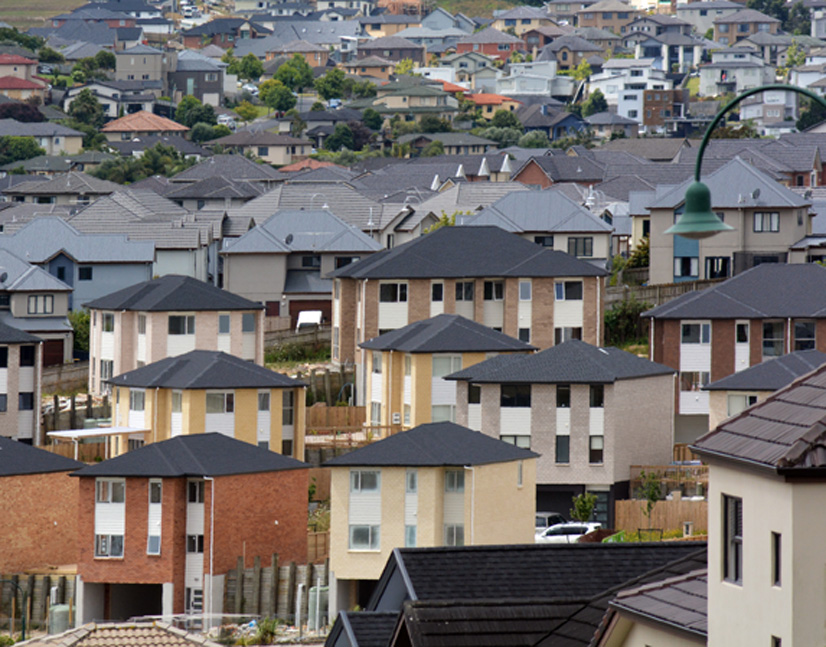
News

Virgin Australia (Virgin) priced the Australian market’s first single-B rated, high-yield public bond on 18 May. Deal sources cite a broad spectrum of investor participation as evidence of growing demand for this product, but they caution that the success of similar deals will, like Virgin’s, be dependent on the credit.

US-based investor demand for Resimac’s Premier Series 2018-1 prime residential mortgage-backed securities (RMBS) went beyond the US dollar-denominated Class A1 notes, with support coming across the structure and in reverse enquiry for a fixed-rate tranche, according to deal sources. Support was such that Resimac may look to include US dollar notes in its next nonconforming deal.

Housing New Zealand (Housing NZ) plans to issue around NZ$1 billion (US$688.1 million) by the middle of 2019 as the public-housing agency significantly ramps up its new building and renovation – and thus funding – activities. The issuer talks to KangaNews about its issuance strategy and the unique nature of its credit.

On 17 May, following the New Zealand Treasury’s release of the Budget Economic and Fiscal Update 2018, the New Zealand Debt Management Office (NZDMO) revealed a NZ$8 billion (US$5.5 billion) borrowing programme for the 2018/19 financial year. The forecast is NZ$1 billion higher than the estimate given at the Half Year Economic and Fiscal Update (HYEFU) in December 2017.

After a three-year issuance hiatus, a brace of Australian firms have completed convertible bond transactions in 2018. While not predicting a full-scale issuance revival, deal sources suggest equity valuations, normalising interest rates and the ongoing hunt for diversification should support renewed interest in the asset class.

On 11 May, following the release of the Western Australian state budget, Western Australian Treasury Corporation (WATC) revealed a borrowing requirement of A$8 billion (US$6 billion) for the 2018/19 financial year. The requirement is comprised of A$5.3 billion of refinancing and A$2.7 billion of new money. According to WATC, its “benchmark bond programme will be the primary source of funding, supplemented by floating-rate notes”.

FlexiGroup became the first issuer in the Australian market to include green subordinated notes in an asset-backed securitisation (ABS) deal with its latest transaction. Deal sources say the expansion of green tranches into the double-A rating space is a continuation of FlexiGroup’s plan to broaden its investor base through the issuance of green product.

The Australian Office of Financial Management (AOFM)’s gross issuance task for 2018/19 is projected to be A$4 billion (US$3 billion) lower than the updated target for the current financial year, at A$70 billion. The AOFM disclosed the new issuance projection on 9 May, the day after the Australian Commonwealth budget.

Participants in the sustainable-debt space say the launch of green-loan principles (GLPs) could be another evolutionary step in sustainable funding. By standardising and codifying what qualifies as green bank lending, the GLPs could make sustainable finance relevant to a wider cohort of borrowers as well as help identify assets to support future green-bond issuance.

The Australian dollar market has picked up its game when it comes to bringing together debt capital and investment-grade borrowers. The gradual emergence of a private debt market suggests that, in time, the same might be true for a bigger group of corporate borrowers outside the benchmark arena.

Last year was the most positive for Australia’s corporate bond market since its previous purple patch around 2012. But some corporate names that issued half a decade ago are yet to take advantage of the renewed good conditions. KangaNews asked a handful of these issuers why not.

The latest iteration of the biannual Australian Fixed-Income Investor Survey, conducted by Fitch Ratings (Fitch) and KangaNews in the second half of March, suggests Australian fixed-income investors continue to believe credit fundamentals are robust even as their outlook becomes more cautious at the margin.
